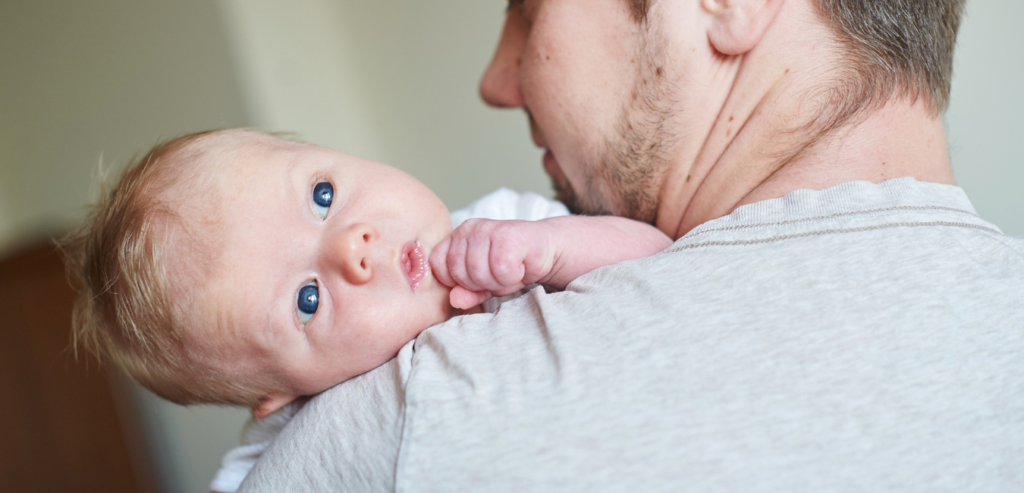A regenerative method for heart construction
The goal is to create transplantable hearts that do not risk being rejected
The heart is our most important muscle, but also one of the most complicated organs in our body. Dr. Taylor at the Texas Heart Institute is well on her way on creating a prototype of a living, beating human heart that may one day be ready to be placed in the chest of a dying patient.
Pioneered the creation of “ghost hearts”
At the Texas Heart Institute, Doris Taylor is developing a regenerative method for heart construction. She pioneered the creation of “ghost hearts”—animal hearts that are stripped of their original cells, leaving only the protein structure behind and injected with stem cells to create a personalized heart. A decellularized “ghost heart” can serve as a scaffold upon which to grow a working heart from human stem cells. So far, Taylor and her scientists have successfully implanted tissue-engineered hearts into rats and pigs. They hope ultimately to create personalized human hearts and help relieve the shortage of donor organs.
“A ghost heart is essentially a heart from which we’ve removed all the cells, leaving the scaffold behind where the cells normally reside.” says Dr Taylor.
The goal
Their goal is to create transplantable hearts that do not risk being rejected, by building them with heart cells from the patients themselves.
Eventually, she believes, scientists will use this technique to create tailor-made organs for human heart transplants using a patient’s own stem cells. This could mean an end to all organ shortages and anti-rejection drugs, as well as a revolution in cardiovascular surgery. Taylor expects a fully functioning liver made from a recipient’s own cells will precede the heart by several years.
Taylor estimates that it will be only 10 or 15 years before a functioning heart is implanted into an adult (pediatric hearts are smaller and require less muscle, so that could happen sooner)—“if we do it right,” she emphasizes. “And what I mean by that is that although it’s sexy to be first, it’s better to be best.”
”Imagine a world where a patient who needs a heart transplant can go to a lab and provide a sample of their cells. A facility led by experts in cell biology and tissue engineering would exponentially grow the patient’s cells to the tune of billions. Using the technique developed by my lab, they would create a “ghost heart” from a human-sized pig heart, reseed it with the patient’s cells, and then grow and mature the heart in an artificial body, a bioreactor. The patient then would receive a heart transplant that his or her body accepts, saving their life and eliminating the need for lifelong anti-rejection drugs.”
More detailed information can be found here: https://www.nature.com
Picture from: https://ideas.ted.com/a-ghost-heart/



